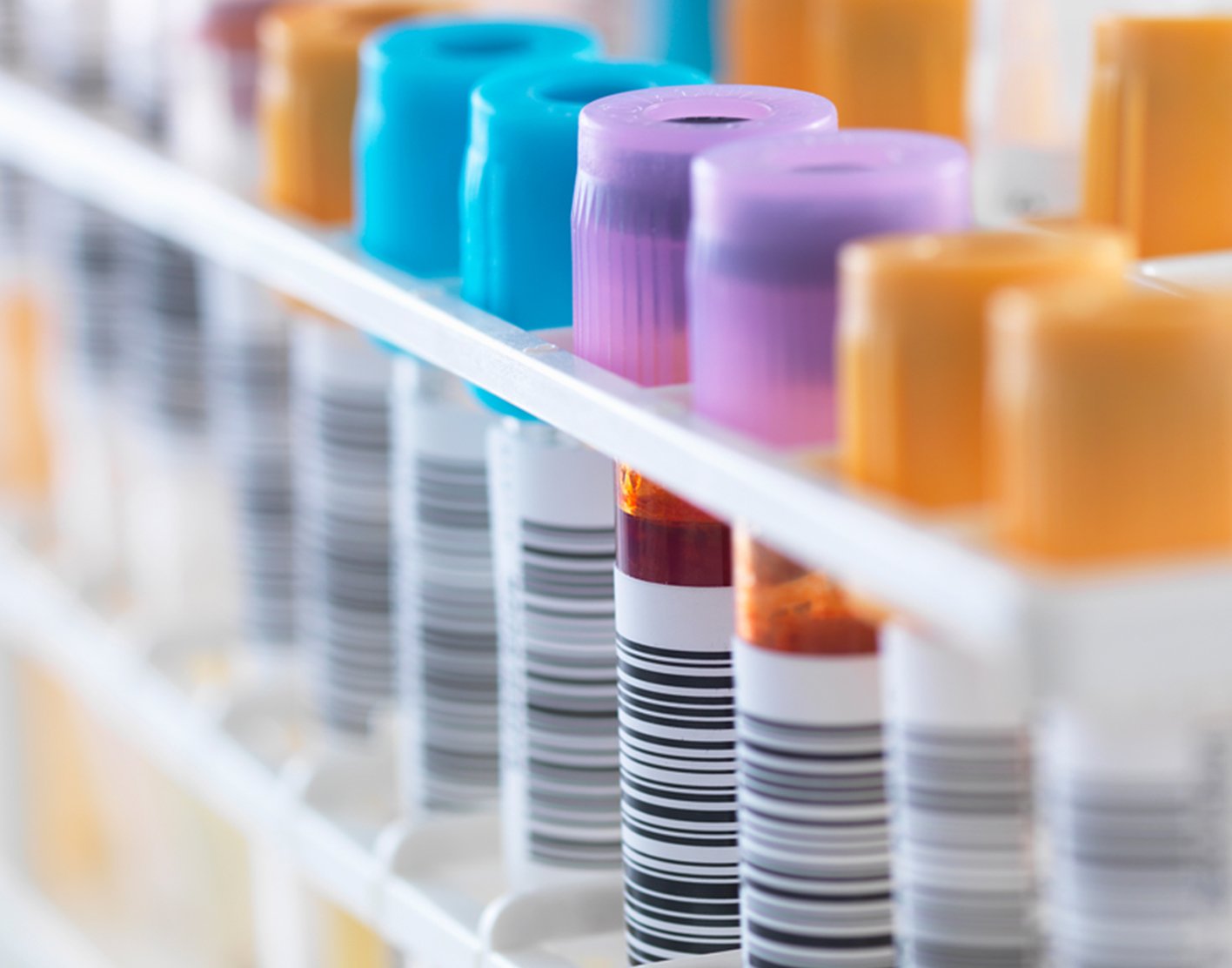
Histoplasma complement fixation
Definition
Histoplasma complement fixation is a blood test that checks for infection by a fungus called Histoplasma capsulatum (H capsulatum), which causes the disease
Alternative Names
Histoplasma antibody test
How the Test is Performed
A
The sample is sent to a laboratory. There it is examined for histoplasma antibodies using a laboratory method called
Antibodies are specialized proteins that defend your body against bacteria, viruses, and fungi. If the antibodies are present, they stick, or "fix" themselves, to the antigen. This is why the test is called "fixation."
How to Prepare for the Test
There is no special preparation for the test.
How the Test will Feel
When the needle is inserted to draw blood, some people feel moderate pain. Others feel only a prick or stinging. Afterward, there may be some throbbing or bruising. This soon goes away.
Why the Test is Performed
The test is done to detect histoplasmosis infection.
Normal Results
The absence of antibodies (negative test) is normal.
What Abnormal Results Mean
Abnormal results may mean you have an active histoplasmosis infection or have had an infection in the past.
During the early stage of an illness, few antibodies may be detected. Antibody production increases during the course of an infection. For this reason, this test may be repeated several weeks after the first test.
People who have been exposed to H capsulatum in the past may have antibodies to it, often at low levels. But they may not have shown signs of illness.
Risks
There is little risk involved with having your blood taken. Veins and arteries vary in size from one person to another, and from one side of the body to the other. Taking blood from some people may be more difficult than from others.
Other risks associated with having blood drawn are slight, but may include:
- Excessive bleeding
- Fainting or feeling lightheaded
- Multiple punctures to locate veins
- Hematoma (blood accumulating under the skin)
- Infection (a slight risk any time the skin is broken)
References
Christenson JC, Fox TG. Histoplasmosis, blastomycosis, and coccidioidomycosis. In: Steinbach WJ, Green MD, Michaels MG, Danziger-Isakov LA, Fisher BT, eds. Pediatric Transplant and Oncology Infectious Diseases. Philadelphia, PA: Elsevier; 2021:chap 28.
Deepe GS. Histoplasma capsulatum (histoplasmosis). In: Bennett JE, Dolin R, Blaser MJ, eds. Mandell, Douglas, and Bennett's Principles and Practice of Infectious Diseases. 9th ed. Philadelphia, PA: Elsevier; 2020:chap 263.
Review Date: 19/05/2023
The information provided herein should not be used during any medical emergency or for the diagnosis or treatment of any medical condition. A licensed physician should be consulted for diagnosis and treatment of any and all medical conditions. Call 911 for all medical emergencies. Links to other sites are provided for information only -- they do not constitute endorsements of those other sites. Copyright ©2019 A.D.A.M., Inc., as modified by University of California San Francisco. Any duplication or distribution of the information contained herein is strictly prohibited.
Information developed by A.D.A.M., Inc. regarding tests and test results may not directly correspond with information provided by UCSF Health. Please discuss with your doctor any questions or concerns you may have.



























